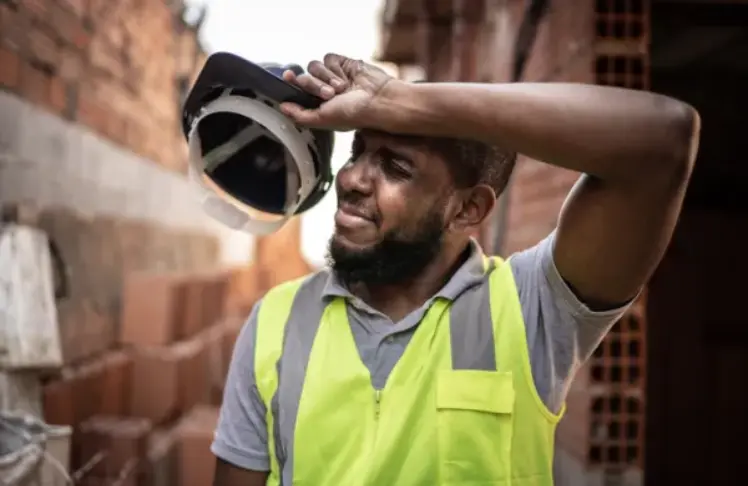
In late summer 2022, a heatwave set temperature records across California, with seaside Long Beach hitting 109 degrees and Sacramento reaching 116. During the 10-day period, at least 395 excess deaths occurred, according to a study from the state’s public health department.
“This week’s unprecedented heat wave is a painful reminder of the costs and impacts of climate change — and it won’t be the last,” Governor Gavin Newsom said at the time, promising that he was working on a “a comprehensive strategy to protect Californians from extreme heat ”— including indoor workers, who are increasingly at risk of heat-related injuries and sickness due to climate change.
“With lives and livelihoods on the line,” Newsom said, “we cannot afford to delay.”
Apparently, the Governor’s feelings have changed, because his administration has “abandoned” the long-pending plans for new protections for indoor workers, which were on the brink of being enacted after years of work.
The new rules would require warehouses and other indoor workspaces to be cooled to under 87 degrees, and the threshold would drop to 82 degrees in environments where workers have to wear heavier protective clothing or or exposed to work-related radiant heat. California would only be the third state to have legal heat protections for indoor workers, following Oregon and Minnesota. The state has had protections for outdoor workers since 2005.
Not only is the state prison population nearly three-quarters Black and Latinx, but many prison facilities are located in the often sweltering Central Valley.
The issue at hand is, technically, a procedural one: there is a legal requirement to put a price tag on the heat protections, which the state has not yet managed to do. But as a spokesperson from the state department of finance told California Healthline, it could cost billions of dollars to bring California’s extensive prison system (which would be covered by the rules) into accordance with the standards. Not only is the state prison population nearly three-quarters Black and Latinx, but many prison facilities are located in the often sweltering Central Valley.
The long-standing truism of the state’s politics and policy is that, as goes California, so goes the nation — and this is particularly true as in two years, Gavin Newsom is coming up on the end of his second term — all amid his long-standing and painfully obvious ambitions to seek a higher national office. Having indoor heat protections for workers in California would set a high bar that, as so often has happened in the past, other states would likely try to meet, too.
Instead, we not only have Governor Newsom at odds with both labor and environmental organizers in the state, but also what seems to be a second failed attempt in as many historically hot years to enact protections for workers: in 2023, plans to address extreme heat conditions for outdoor workers in Florida’s Miami-Dade county were also shot down.















